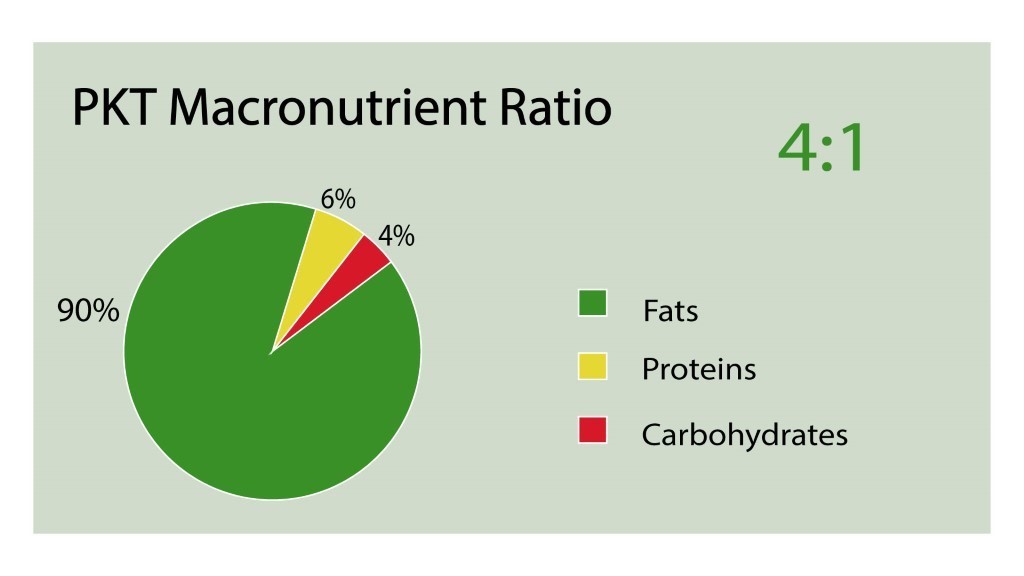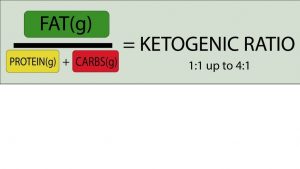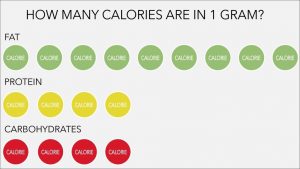Ketogenic diets frequently used for epilepsy include the Classic Ketogenic diet, the Modified Ketogenic diet, the Modified Atkins diet (MAD), the Medium Chain Triglyceride (MCT) diet, and the Low Glycemic Index Treatment (LGIT). There is much variability in the ketogenic diets consumed today.
In recent years, ketogenic diets use net carbohydrates when calculating the macronutrient ratio. Different ketogenic diets calculate net carbohydrates in different ways. Net carbohydrates are usually calculated by subtracting out fiber. Some diets also subtract out other compounds in the diet such as sugar alcohols. As a result, the diet has an altered representation of the macronutrient ratio. Use of net carbohydrates ignores fiber which is a valuable dietary carbohydrate compound.
Some ketogenic diets do not specify brands of products to use in the recipes. Food brands can play a role in the variability of ketogenic diets because macronutrient content may vary among different brands. The resulting inconsistent macronutrient intake can have negative implications on seizure control and nutritional status because actual intake is unknown.
Medical therapy relies on exact administration of the diet prescription, which requires precise measurement of foods. Precision Ketogenic Therapy requires every food to be measured to the nearest tenth of a gram, uses total carbohydrate, and relies on recently updated nutrient composition of the brand specific product.






